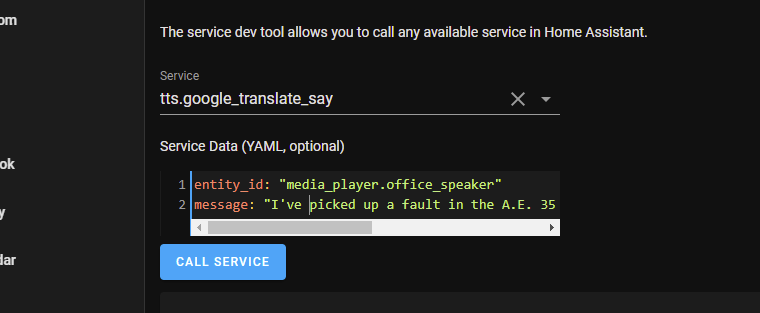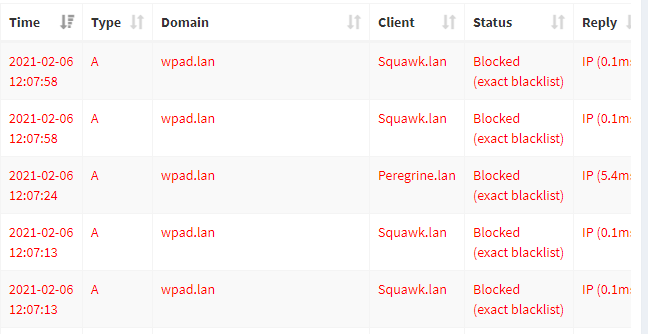This is one of those “In case I run into this again” type of posts, with the hope that it might help someone else too.
I’ve been trying to get Home Assistant’s text to speech integration working, but when I try to play anything via the developer tools or even a smart speaker’s entity card, all I get is a beep but no speech. I haven’t much use for it until recently, but I know it was working at one time, so something must have changed.
What I finally figured out is that my Home Assistant instance was misconfigured. Under Configuration > General, there are two URL settings. One is “External URL”, which is the URL to use for accessing your Home Assistant instance from outside your house. The other is “Internal URL” which is the URL to use from devices which are on your home network.
A few months ago, I set up Let’s Encrypt with DuckDNS so I could securely use the Home Assistant companion app from outside the house. This had the side effect of making it so the assistant could only be contacted via https. It’s still on port 8123 though, so there’s really no place to redirect from.
What does all of this have to do with Home Assistant? The TLS certificate associated with my setup only works for the name I setup with DuckDNS, so I’ve been using that name and hadn’t noticed that Home Assistant’s “Internal URL” was set to the RaspberryPi’s IP address instead of the DuckDNS name. So when my smart speaker attempted to retrieve the audio file from that URL, the HTTP connection it was using failed.
I updated the internal URL to match the DuckDNS name, and voila! I can now play speech through my smart speakers.

